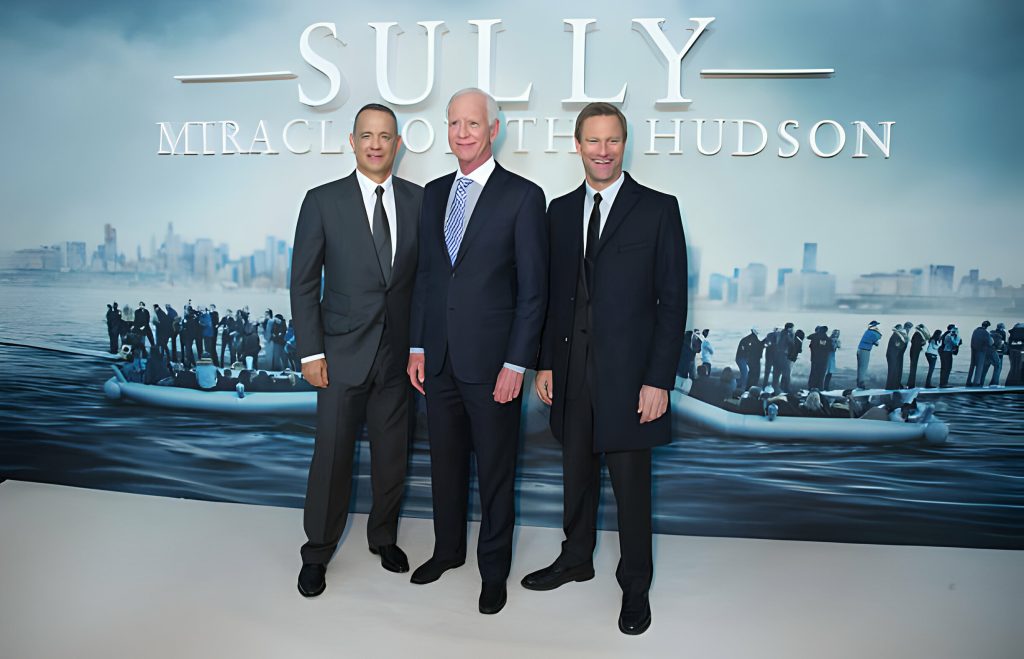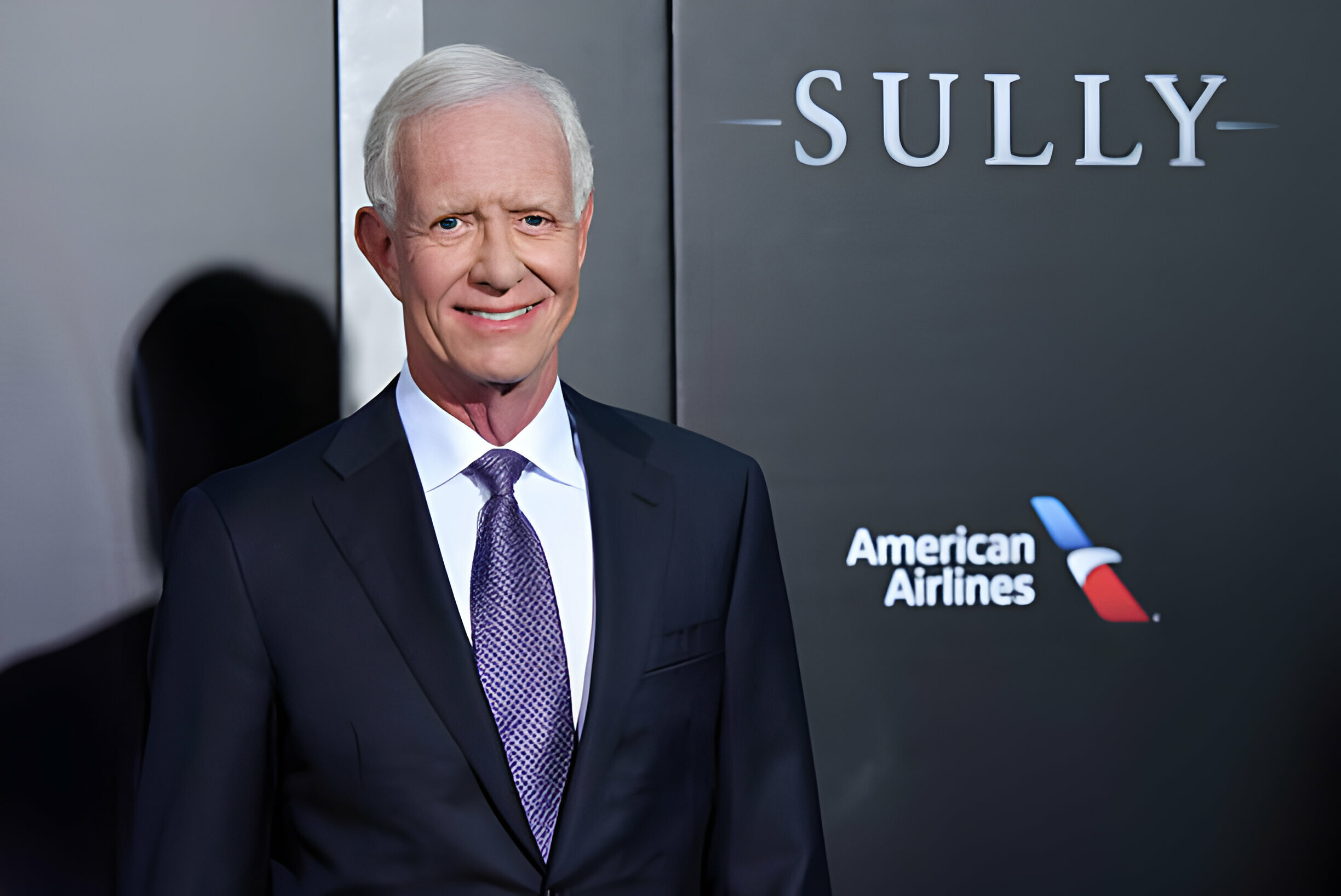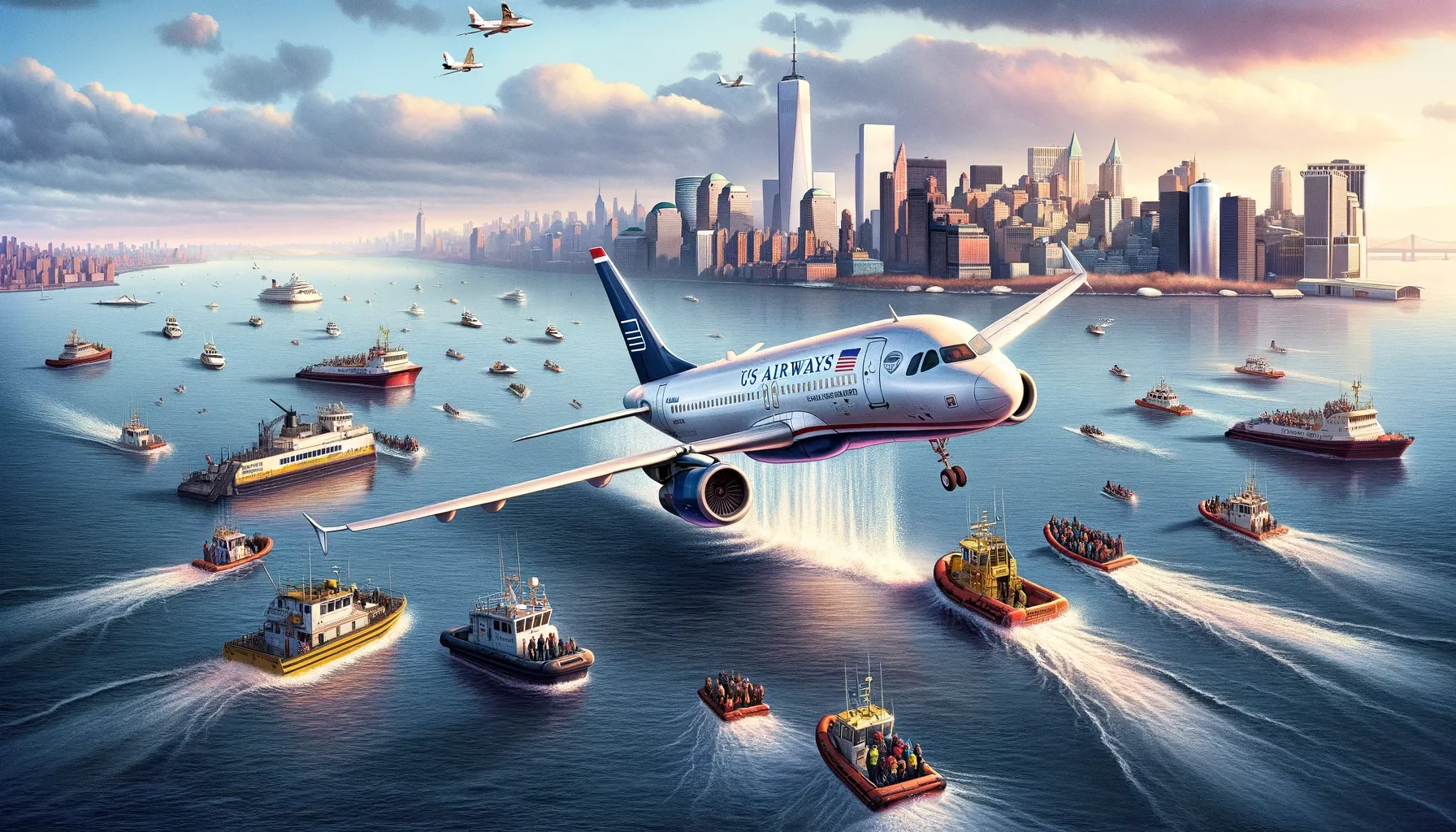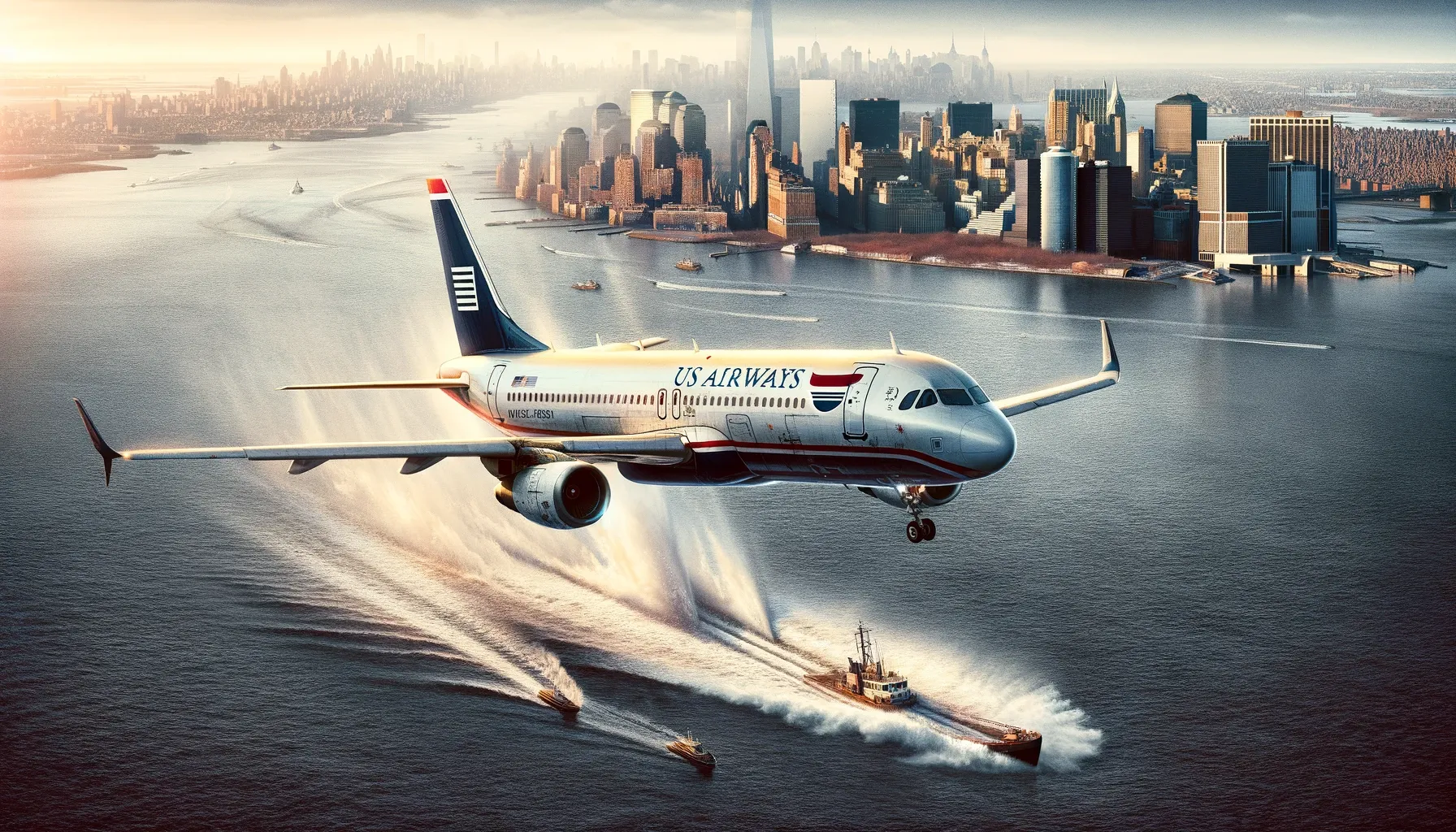Table of Contents
In this post Did Sully Ever Fly Again? we’ll look at Sully’s return to the cockpit after that fateful day, his flying career at US Airways post-Hudson, and his legacy as one of history’s greatest pilots.
On January 15, 2009, Captain Chesley “Sully” Sullenberger successfully executed an emergency landing of US Airways Flight 1549 on the Hudson River after both engines lost thrust due to bird strikes. This incredible feat of aeronautic skill that saved 155 lives would become known as the “Miracle on the Hudson”. But did Sully ever fly commercially again after this famous landing?
Recapping Sully’s Miracle Landing on the Hudson
Before examining Sully’s comeback, let’s revisit key details of the event that made him famous:
- On January 15, 2009, US Airways Flight 1549 took off from LaGuardia Airport en route to Charlotte, piloted by Captain Chesley “Sully” Sullenberger and First Officer Jeffrey Skiles.
- Two minutes after takeoff at an altitude of 2800 feet, the Airbus A320 flew through a flock of geese causing both engines to lose thrust.
- With no power and unable to reach any runway, Sully took the rare step of ditching the crippled jet in the Hudson River.
- In the 3 minutes between the bird strike and the water landing, Sully and Skiles masterfully glided the Airbus to minimize ground impact.
- After assessing the damage and evacuating passengers onto the wings, rescue boats arrived quickly to pull everyone to safety.
- All 155 passengers and crew aboard the “Miracle on the Hudson” flight survived the emergency landing.
Sully instantly became a national hero for his incredible piloting skills under intense pressure that saved so many lives. But naturally, the question emerged – would he ever fly a commercial airliner again after this trauma?
Sully’s Return to US Airways Cockpit After Investigation
In the immediate days following the Hudson landing, the Federal Aviation Administration (FAA) and National Transportation Safety Board (NTSB) commenced investigations of the incident.
As part of the probe, Sully’s actions as pilot-in-command came under intense scrutiny. Simulators were used to determine if the plane could have made it back to a runway. All data was analyzed to eliminate questions of pilot error or violations.
During this period, Sully was placed on paid administrative leave by US Airways as he cooperated fully with investigators. He could not return to flying until cleared.
After extensive review over several months, investigators found no wrongdoing by Sully or Skiles. On February 9, 2009, the FAA officially notified Sully that he was cleared to resume flying based on their findings.
On February 19, Sully went back on active flight status and returned to US Airways cockpits once given the go-ahead. But this time, he was a celebrity pilot.
Read also: Why Did Sully Lose His Pension

Did Sully Ever Fly Again Really?
Yes, Captain “Sully” Chesley Sullenberger, the pilot who safely landed US Airways Flight 1549 on the Hudson River in 2009, did fly again after the “Miracle on the Hudson.” After being requalified, he returned to flying commercial routes for US Airways, which later merged with American Airlines. He briefly returned to flying for US Airways several months after the famous flight and retired from the airline business later in 2009. Since then, he has become an author, and public speaker, and has worked as a U.S. Ambassador to the International Civil Aviation Organization (ICAO), a specialized agency of the United Nations.
Sully’s Flying Career at US Airways Post-Hudson
Sully resumed regular piloting duties at US Airways just over a month after his Hudson River landing heroics:
- He opted to gradually return starting with less stressful short haul flights vs long haul.
- Crew members were eager to fly with the famed Sully which created scheduling demands.
- Passengers would frequently request to meet Sully before and after flights once aboard.
- He flew paying passengers for over 2 more years after the Hudson landing.
- Many of Sully’s flights were on the A320 – the same model from the Miracle on the Hudson.
- Piloting provided a sense of normalcy and escape from the intense media spotlight.
- Sully finally retired in March 2010 upon turning 60, the mandatory retirement age.
- His last route fittingly flew from Phoenix to Charlotte, the intended destination on fateful Flight 1549.
Though catapulted to stardom, Sully found his way back to the familiarity of cockpit routines and piloting jetliners after the Hudson landing.
Key Statistics from Sully’s Overall Aviation Career
Sully’s distinguished aviation career spanned 42 years from his U.S. Air Force service to retiring from US Airways in 2010. Some key stats:
- 20,000 flight hours logged
- 28 years with commercial airlines
- 15 years as an Air Force fighter pilot including in Vietnam
- 16,400+ hours as a commercial pilot
- Crewed dozens of aircraft models
- Last 19 years with US Airways before retirement
- Handled 100s of in-flight emergencies successfully
The lifetime aviation experience that Sully brought to that day made the “Miracle on the Hudson” possible. His immense piloting skills developed over decades were on full display.
Sully’s Ongoing Aviation Safety Legacy
Even in retirement, Sully continues to be one of the most decorated and respected pilots in history. Here are some of his major ongoing contributions:
- Consultant to improve airline training, safety protocols, and accident response.
- Board of Directors for the National Transportation Safety Board.
- Public speaker about aviation safety before industry groups and students.
- Author of the bestselling book “Highest Duty” chronicling the Hudson flight.
- The subject of the award-winning film “Sully” by Clint Eastwood.
- Board member of the EAA Young Eagles introduces youth to aviation.
- Staunch aviation safety advocate for pilots and passengers.
Sully’s commitment to advancing aviation safety and sharing his story continues to enhance his inspiring legacy long after his final flight.
Why Sully So Successfully Returned to Flying After Hudson
How was Sully able to get back in the cockpit and fly thousands more hours despite the immense fame and trauma after his NYC water landing? Several key reasons:
Lifelong Passion for Flying
With decades devoted to aviation, flying runs too deep in Sully’s veins ever to stop due to one incident alone. His dedication helped him overcome the challenge.
Sense of Duty
Sully felt a responsibility to return to protect the traveling public and uphold aviation safety standards. This sense of duty drove his comeback.
Strong Support System
The encouragement of family, friends, crews, and airline management buoyed Sully through the return and resettled his routines.
Self-Confidence
The validation from exhaustive investigations affirming his decisions bolstered Sully’s confidence that he acted correctly, enabling his return.
Cockpit Familiarity
The comfort of familiar cockpits, procedures, and crews created a continuity for Sully post-Hudson. This aided his transition back smoothly.
Sully’s inner strength and character shaped by decades as an aviator made it possible to resume his piloting career after his miracle landing.
Final Thoughts on Sully’s Post-Hudson Flying
The “Miracle on the Hudson” landing was just one chapter in the decorated life of aviation pioneer Sully Sullenberger. Though an iconic event, he was defined by a lifetime of piloting experience, not just one flight.
After being properly exonerated by exhaustive investigations, Sully successfully returned to the cockpit and safely completed his flying career at US Airways.
Rather than being paralyzed by fame, Sully leaned on his passion, sense of purpose, and professionalism to steadily transition back to piloting duties. He exemplified poise and skill until his retirement.
Sully’s example has inspired pilots for generations and shaped aviation safety protocols that protect passengers today. His lifetime contributions to aviation ensure his legacy as one of history’s great pilots.




